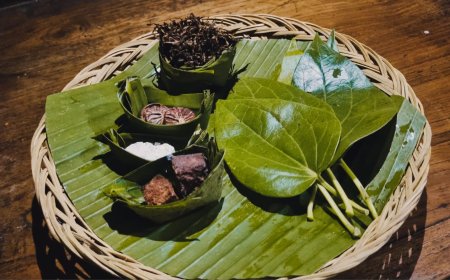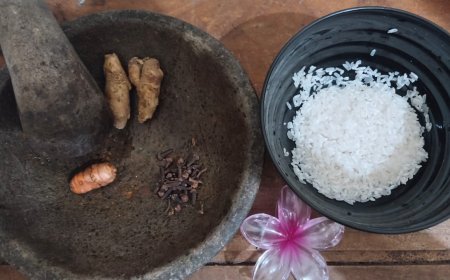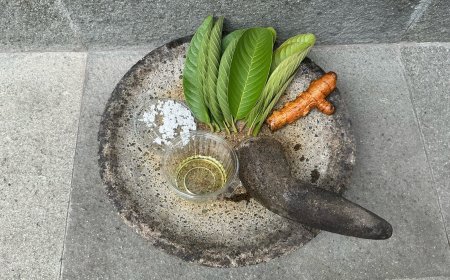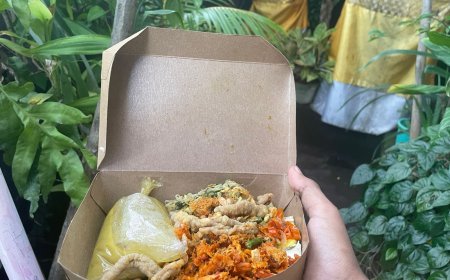Ubud Typical Kakul Satay: Diving into the Uniqueness of Traditional Balinese Flavors
Kakul Satay, a traditional Balinese dish from Ubud, combines savory flavors with the freshness of sambal matah, offering a unique culinary experience. Made from freshwater snail meat seasoned with traditional spices, this dish showcases the creativity of the local community in utilizing natural ingredients. Besides its delicious taste, sate kakul is rich in nutrients such as protein, calcium, and iron, making it an authentic cuisine that is both culturally significant and nutritious.
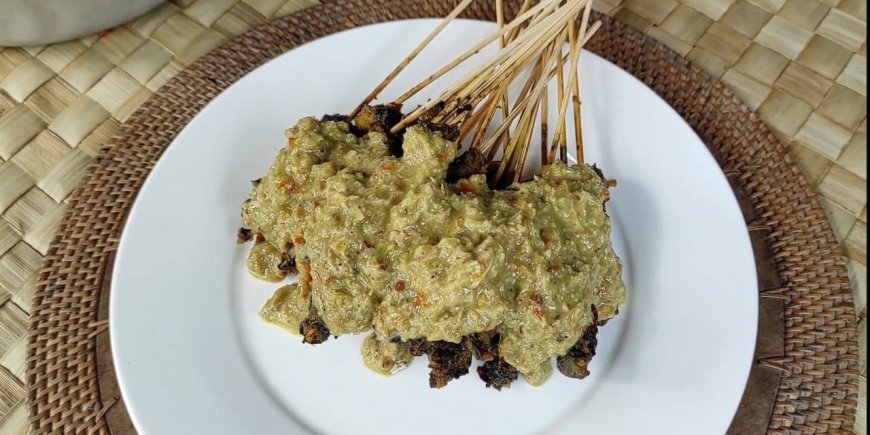
Bali, with its rich traditional cuisine, always manages to captivate the taste buds of food lovers. One dish that reflects the uniqueness of Bali's culture and flavors is kakul Satay . This dish not only offers delicious taste but also provides a different culinary experience, especially for those who have never tried rice field snails as the main ingredient. Kakul Satay is a testament to the creativity of the Balinese people in processing local ingredients to create a special dish.
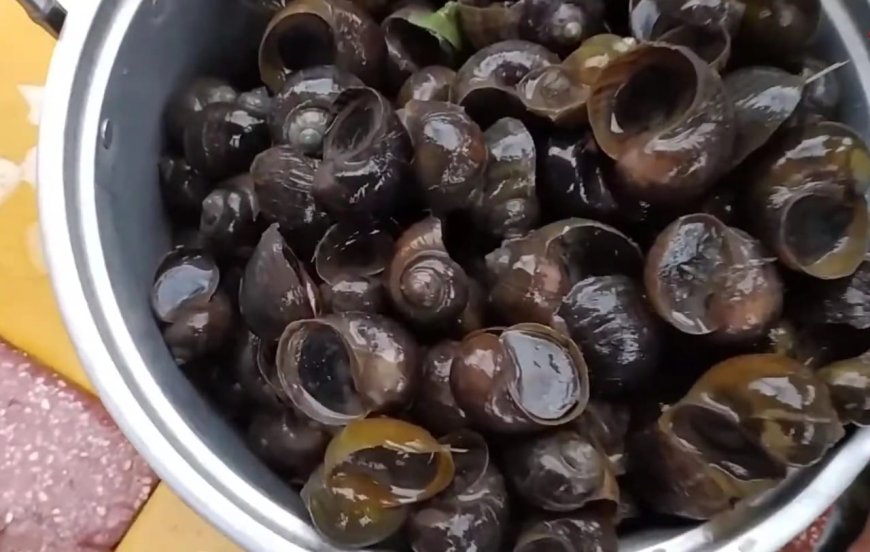 Rice Field Conch/Kakul (Photo Source: Personal Collection)
Rice Field Conch/Kakul (Photo Source: Personal Collection)
Kakul Satay has long been a typical food from the Ubud area. Interestingly, the main ingredient of this dish is rice field snails, which were once abundant in the rice fields of Ubud. With their creativity, the local people utilized these snails as a protein source commonly consumed by the Ubud community. Today, in the modern era, kakul Satay has transformed into a culinary favorite among various groups, including tourists seeking authentic Balinese flavors.
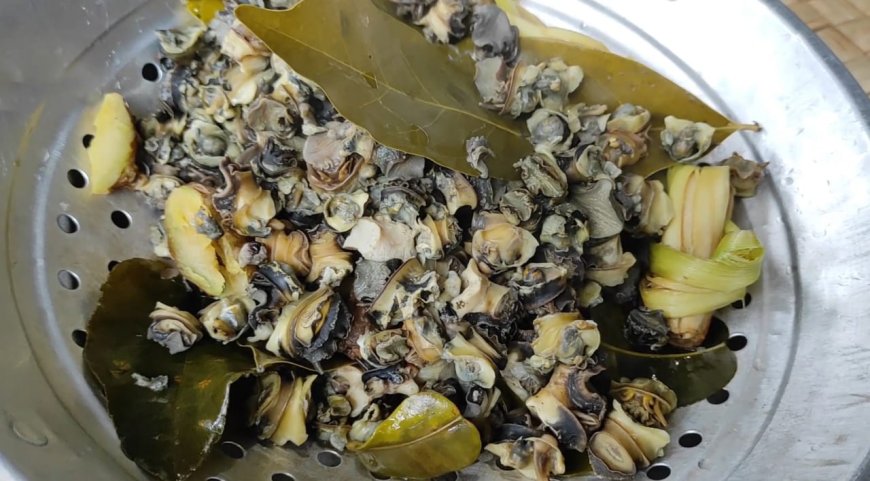 Kakul Meat After Boil (Photo Source: Personal Collection)
Kakul Meat After Boil (Photo Source: Personal Collection)
The process of making sate kakul is quite simple and easy to follow. The rice field snail meat is first cleaned with lime juice to remove the slime and fishy smell. Then, the meat is boiled with bay leaves, crushed lemongrass, and additional lime juice to reduce the odor while making the texture more tender. After boiling, the meat is separated from the shell, cleaned again, and skewered onto sticks.
The next step is grilling, where the marinated meat is grilled over an open flame until cooked. The fragrant aroma of the roasted spices blends with the snail meat, creating a tantalizing sensation. Sate kakul is typically served with sambal matah, a traditional Balinese sambal made from a mixture of shallots, chili, lemongrass, lime leaves, and coconut oil. The combination of the savory kakul Satay and the fresh sambal matah makes this dish even more special.
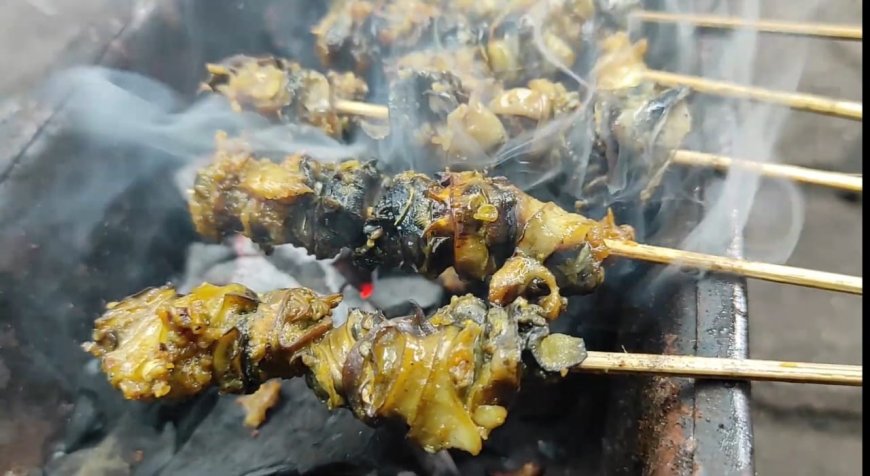 Sate Kakul Grilled (Photo Source: Personal Collection)
Sate Kakul Grilled (Photo Source: Personal Collection)
For the Balinese people, kakul Satay is not just a dish, but also part of their tradition. It is often served during various religious ceremonies, such as odalan or other celebrations. The snail itself is considered a symbol of abundance and blessings, making its use in traditional cuisine meaningful. Today, sate kakul has become a signature dish in several restaurants and eateries serving Balinese cuisine, making it easy for tourists to try.
In addition to its deliciousness, sate kakul also has high nutritional value. The snail meat contains protein, calcium, and iron, which are beneficial to the body. Therefore, sate kakul is not only a tasty food choice but also a healthy one. However, for those who want to try it, make sure the snails used are fresh and properly processed to ensure the taste and quality are maintained.














